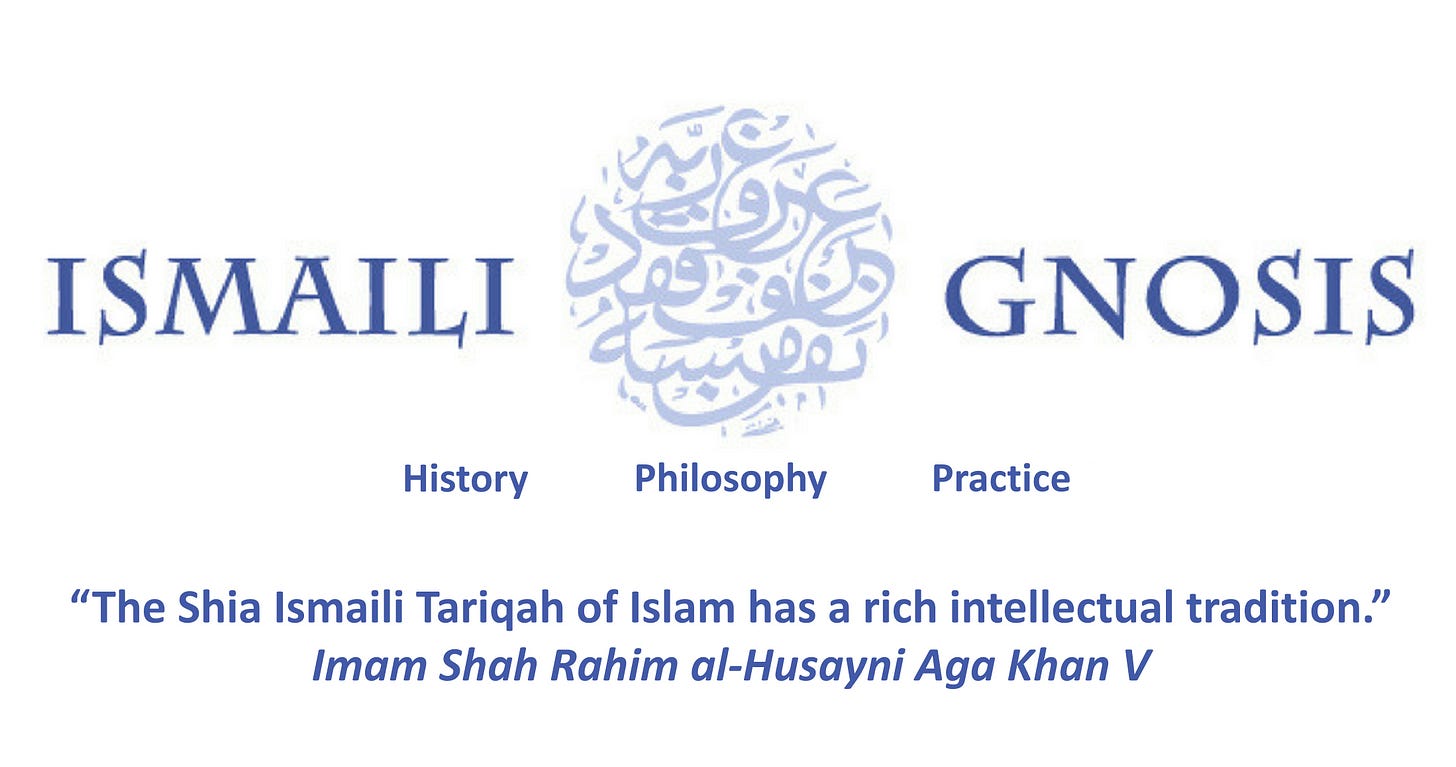From Adam to Aga Khan: The Universal Imamat
The lineage of Imams existed even before the mission of the Prophet Muhammad
“God created my spirit and the spirit of ‘Alī ibn Abī Ṭālib two thousand years before He created humankind. He sent ‘Alī secretly with every prophet and openly with me.”
– Prophet Muhammad
The Imāmat is the office of spiritual and religious leadership recognized in Shī‘ī Islam according to which the Imām is the spiritual and religious successor (waṣī) of the Prophet Muḥammad. While prophetic revelation ended with the Prophet Muḥammad, divine inspiration, spiritual authority, religious guidance, and mystical gnosis continued in the institution of Imāmat.




